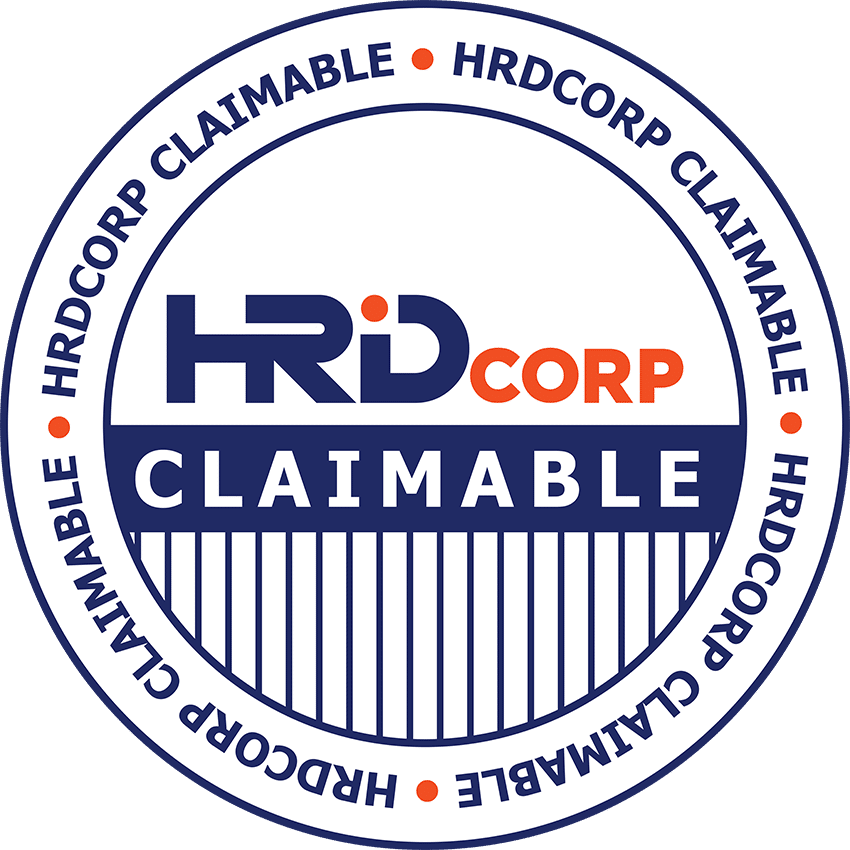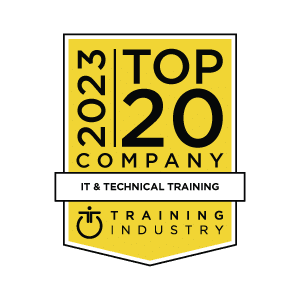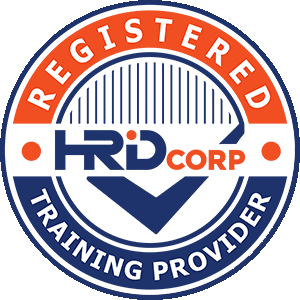Overview
This course presents the structure and control blocks of the z/OS BCP and system services. It prepares the new z/OS system programmer to identify potential bottlenecks and performance problems, perform initial error symptom gathering, and identify opportunities and requirements for tailoring a z/OS system. This course also provides prerequisite information needed for further training in specialized areas such as system measurement and tuning and system problem determination.
Skills Covered
- Explain the MVS functions and control blocks necessary to support a task in a multitasking and multiprocessing environment
- Describe the software and hardware functions that allow a program to interact with programs running in other address spaces, use data in other address spaces, and use data in data spaces
- Trace the flow of an I/O operation from the initial request in the application program through the completion of data transfer
- Identify the control blocks that describe the current status of an I/O request
- Describe the functions of the z/OS BCP Virtual, Real, and Auxiliary Storage Managers
- Describe the functions performed by the Recovery Termination Manager and recovery management components to minimize failure impact and enhance error correction
- Select the appropriate IBM publication to provide further technical information (SRLs, Technical Bulletins, Self-study and other z/OS courses)
- Describe the services provided by cross system extended services (XES)
- Identify and explain the purpose of the cache, list, and lock structures
- Plan the implementation of the global resource serialization STAR environment.0.2 pref
Who Should Attend
The primary audience for this intermediate course are z/OS system programmers who are new to z/OS installation, customization, measurement and tuning, or problem determination. Subsystem programmers will also benefit from this class.
Course Curriculum
Prerequisites
- Describe the following z/OS BCP (MVS) characteristics:
- multiprocessing
- multiprogramming
- virtual storage and paging
- and multiple address space/data space architecture
- Explain how paging and swapping are accomplished through the interaction of real/central, expanded, auxiliary, and virtual storage in a z/OS system
- Explain the role of the dispatcher, interrupts, SVCs, the program manager, and serialization in managing work in a z/OS system
- State the role of z/OS software and hardware components in handling an I/O request for data on a direct access storage device
These prerequisites can be met through on the job training or completion of z/OS Facilities.
Note : A fundamental knowledge of hexadecimal notation, assembler language, z/Architecture instruction execution will enhance your understanding of the course material. Completion of Assembler Language Coding Workshop Assembler Language Series is recommended.
Exam & Certification
This course is not associated with any Certification.


